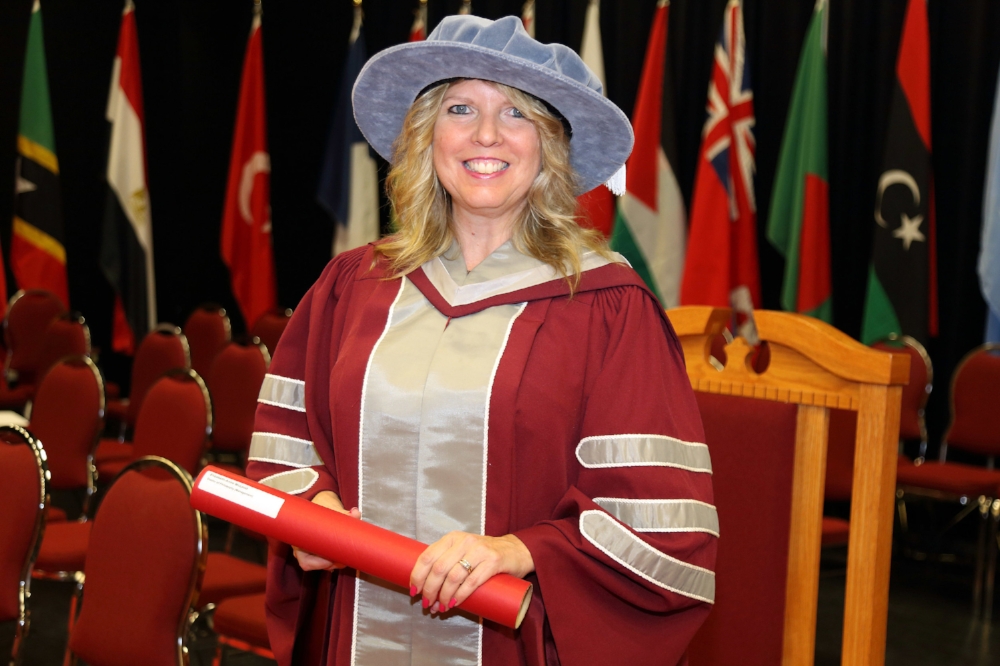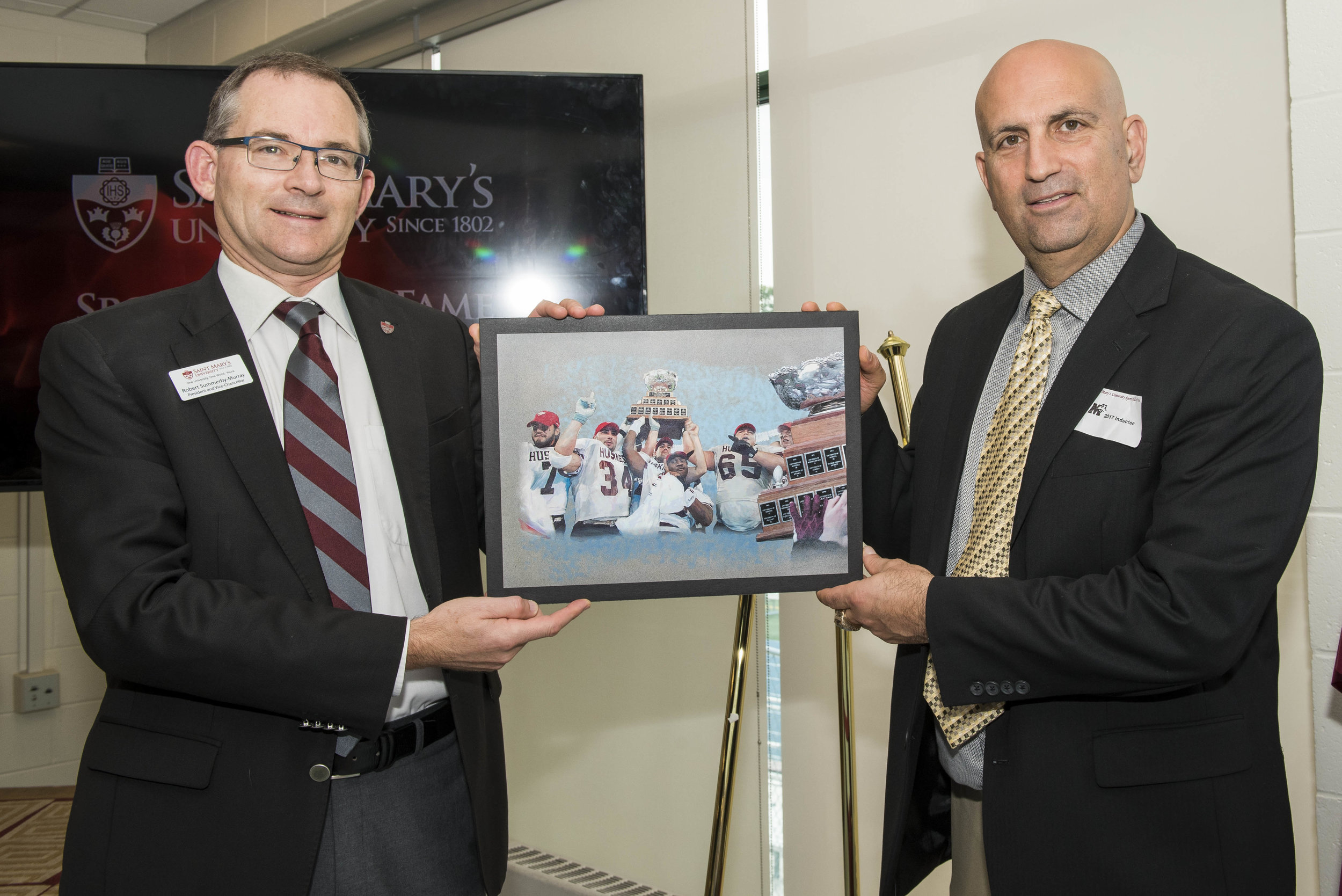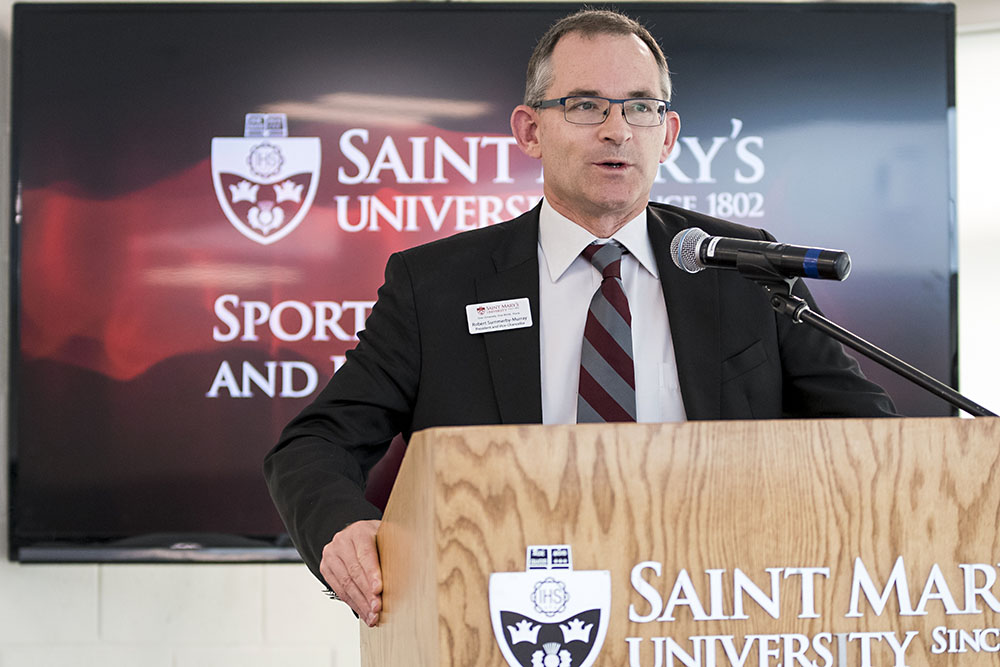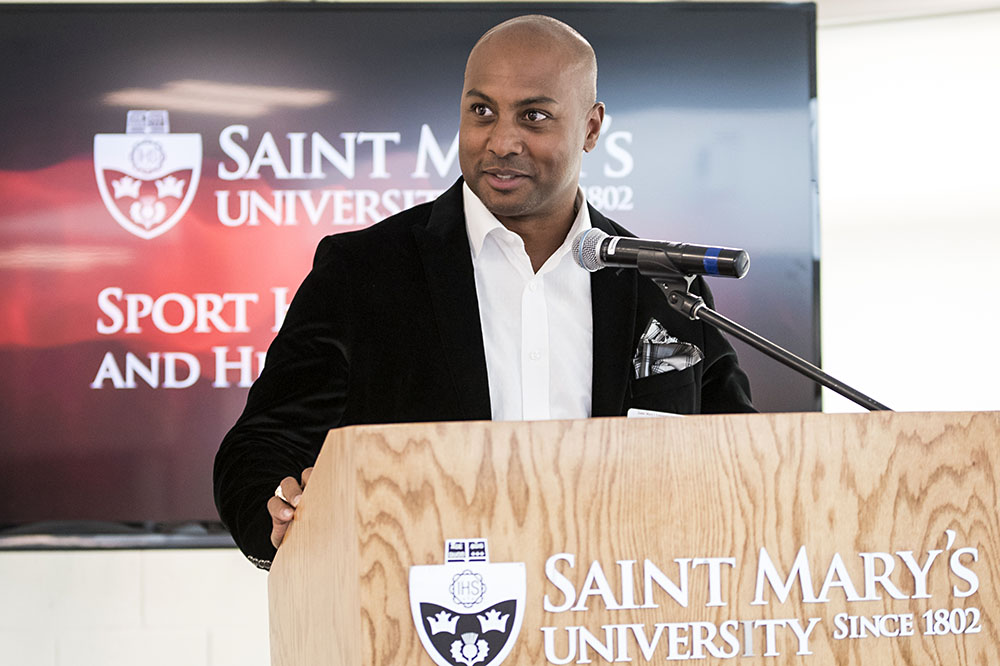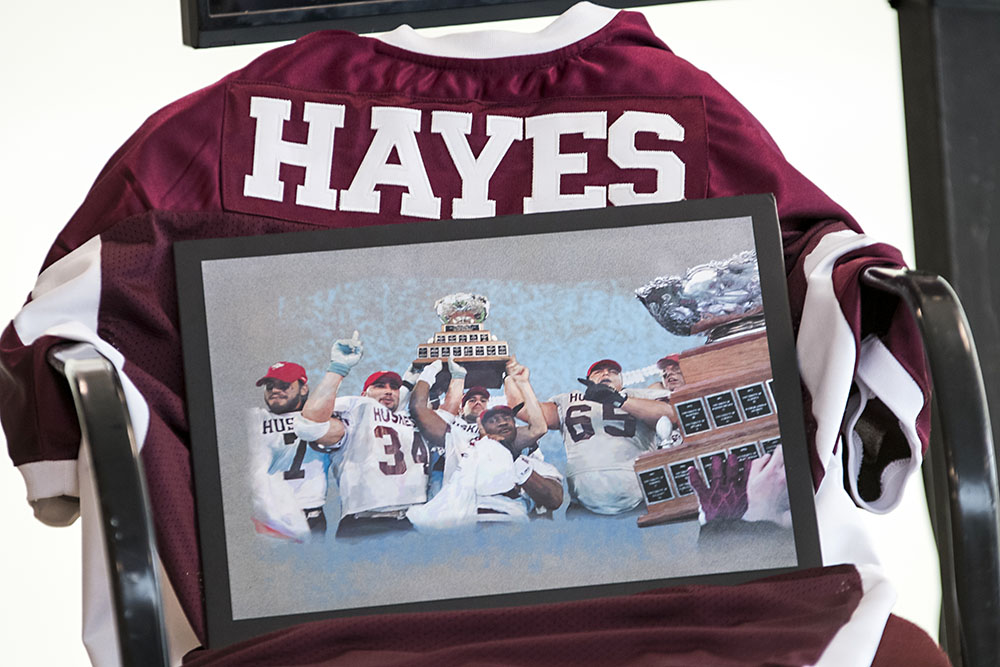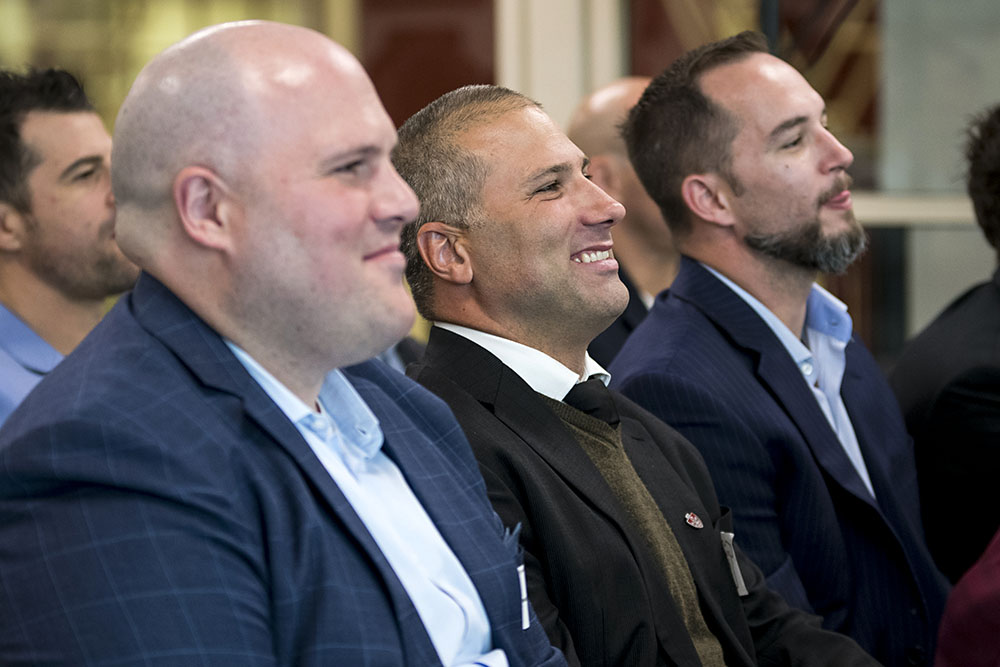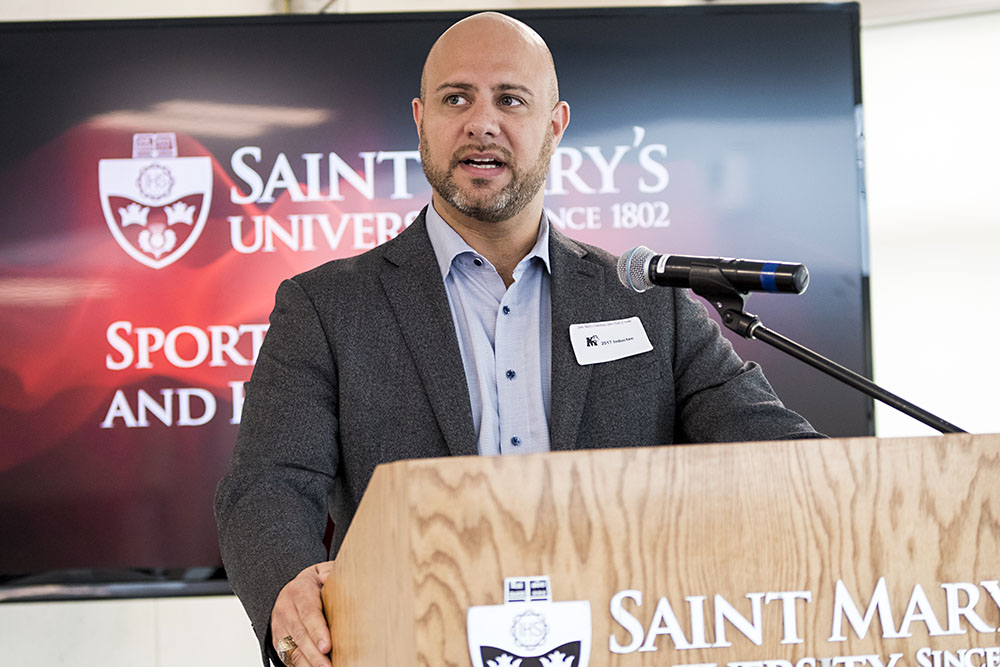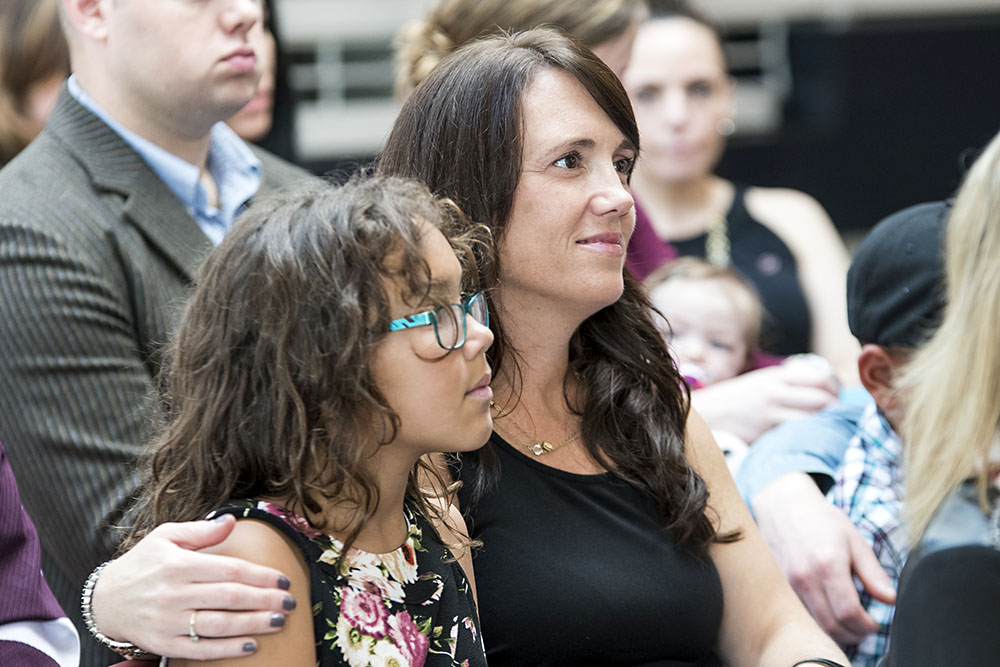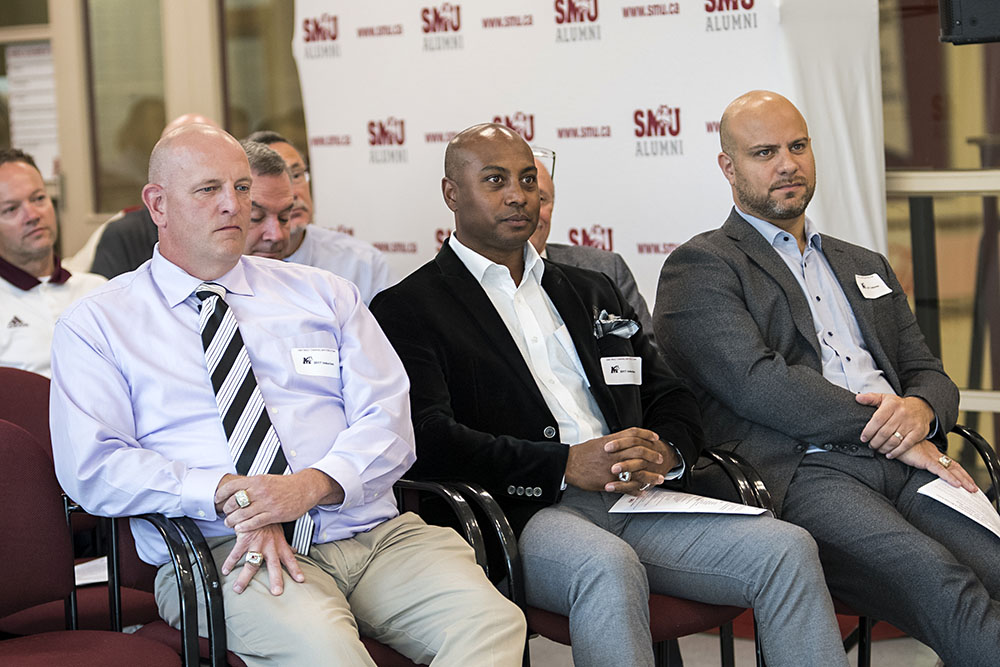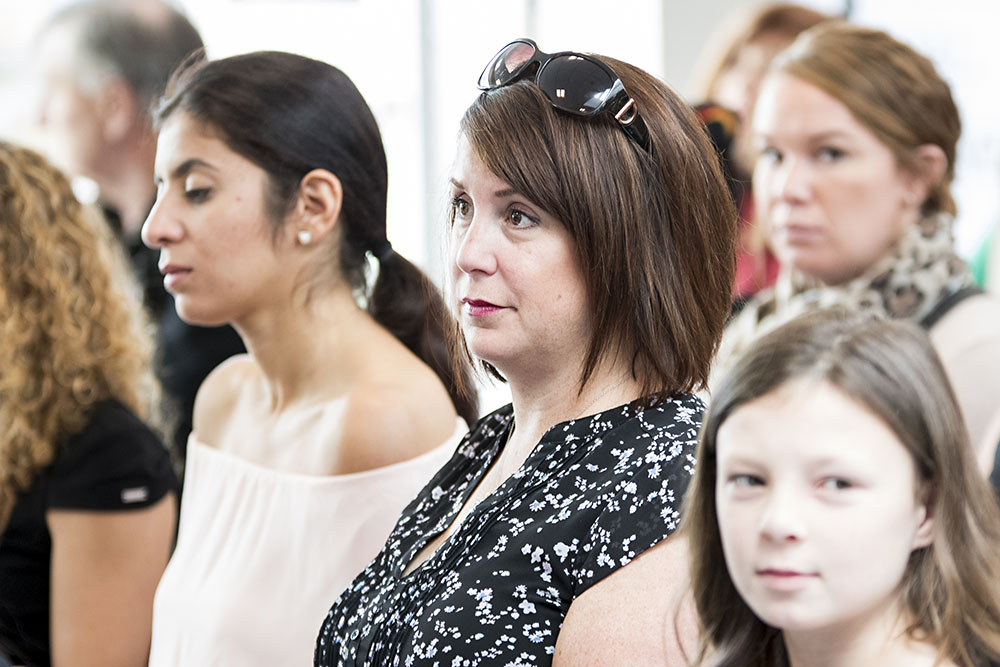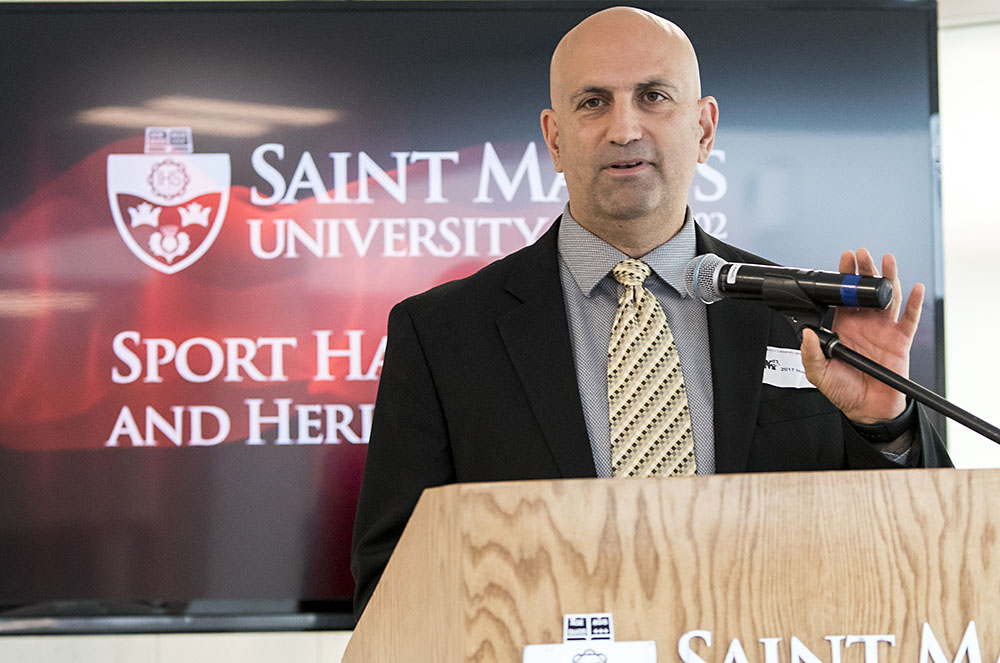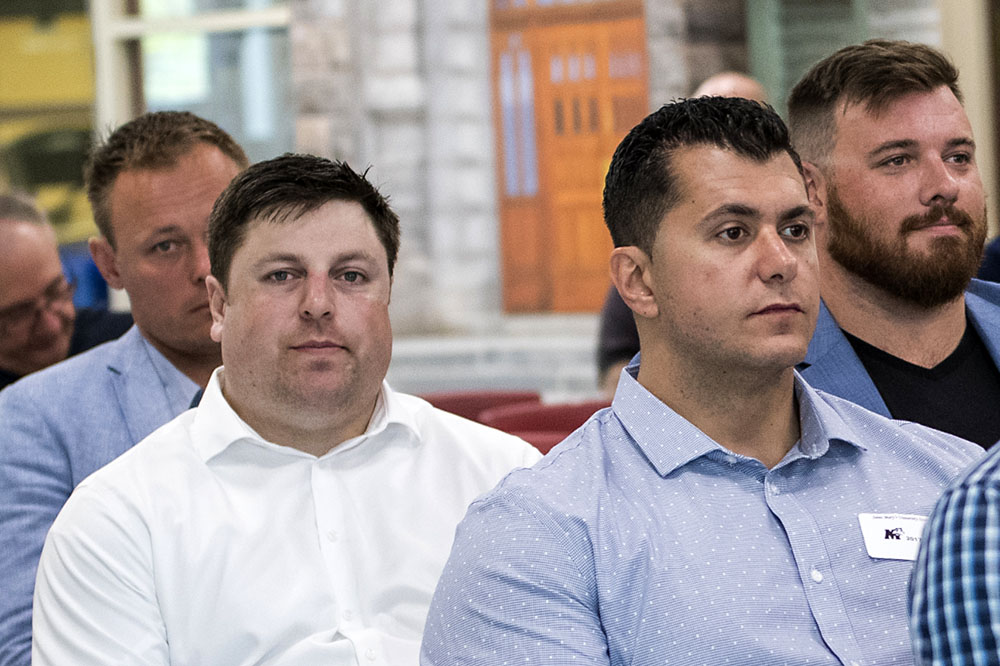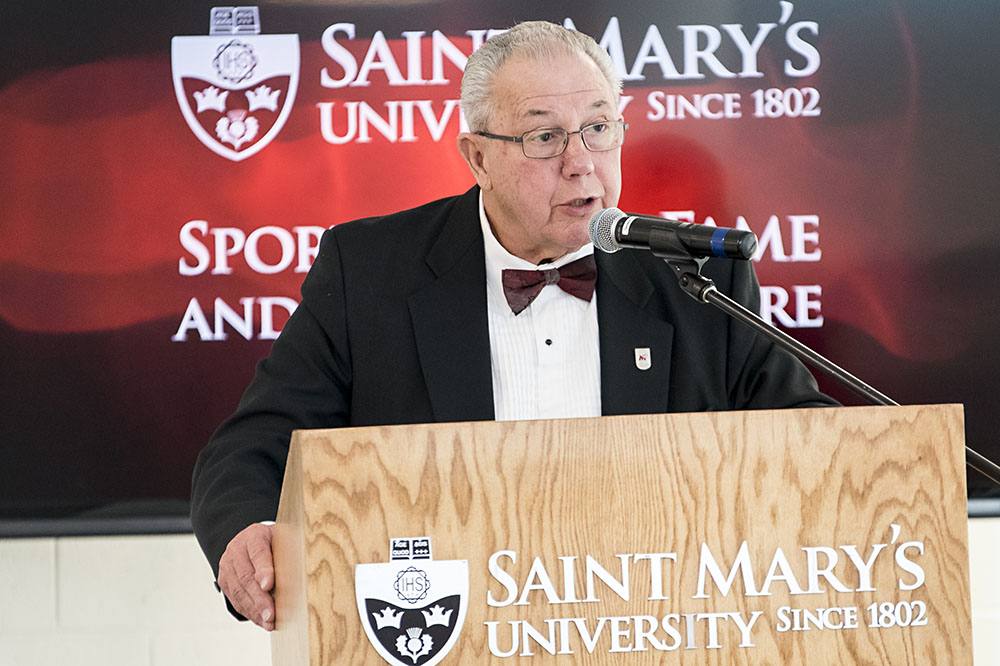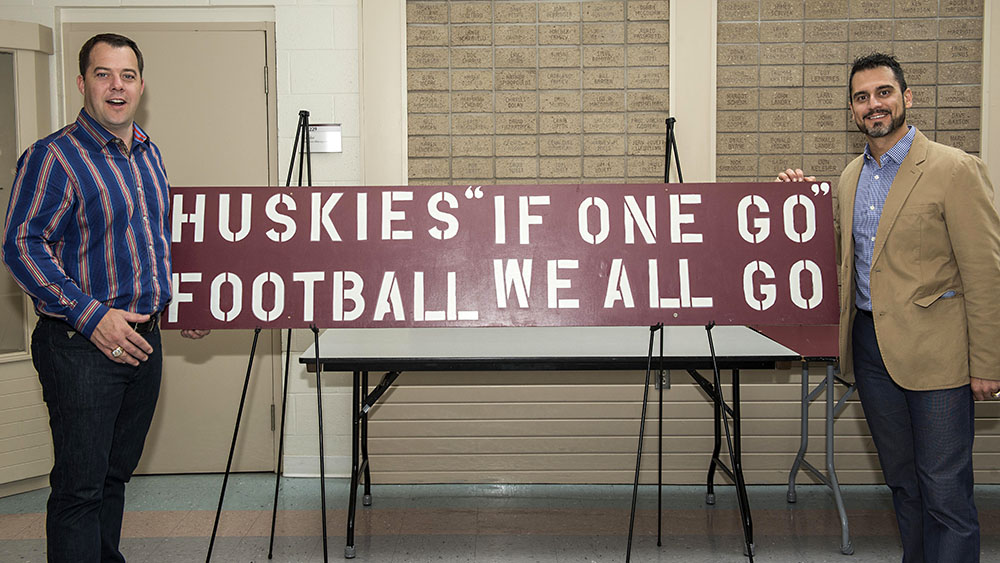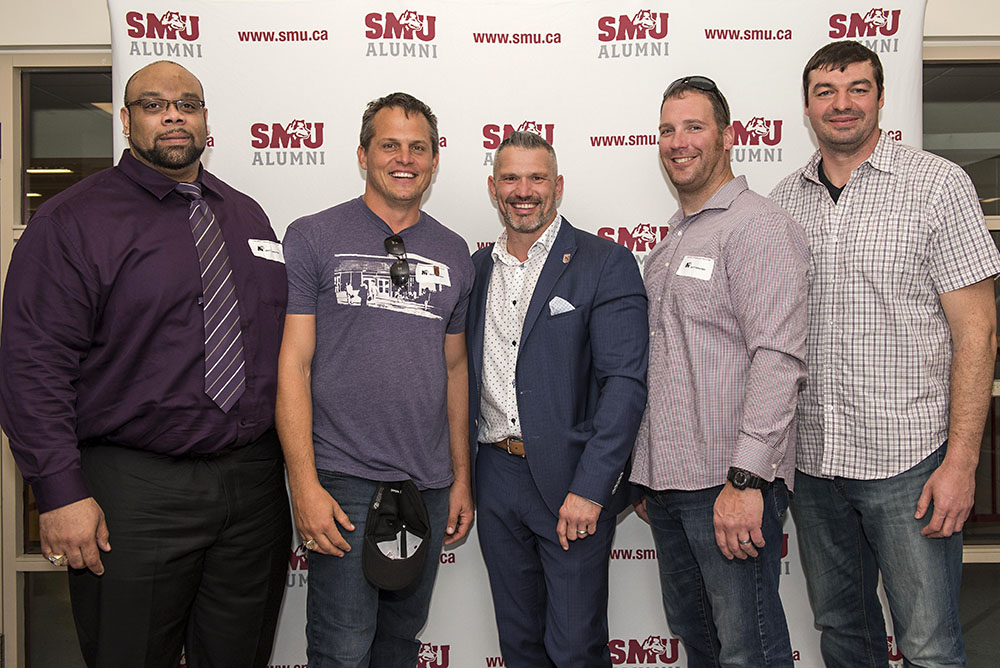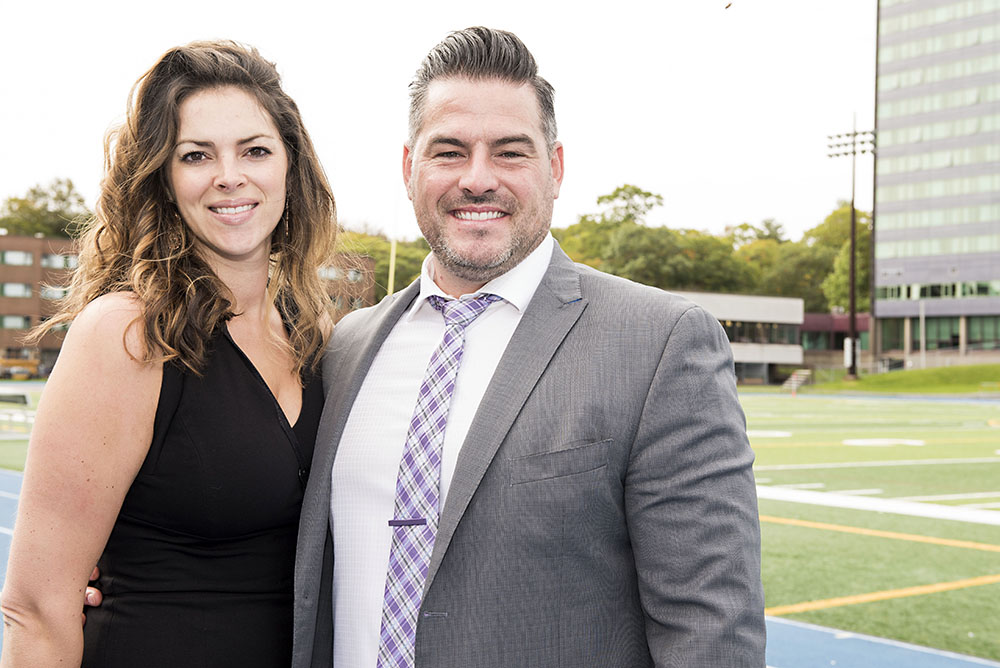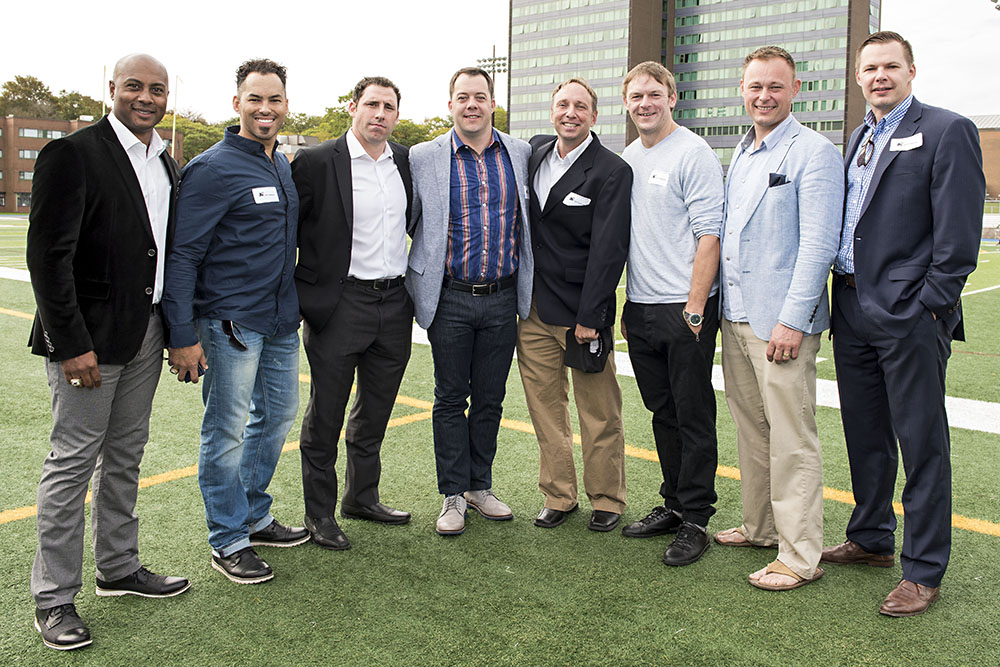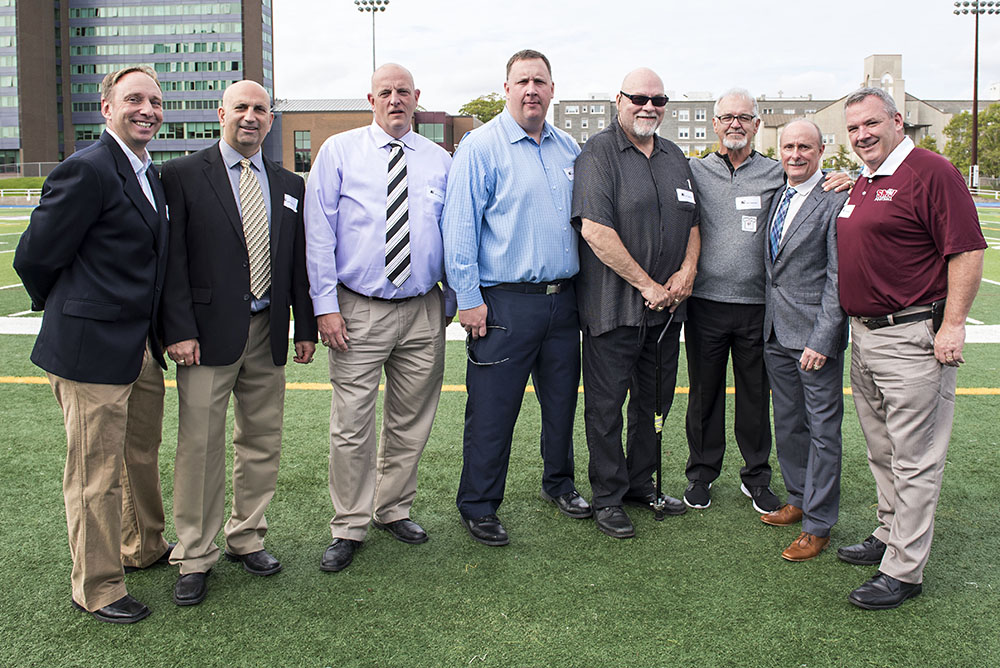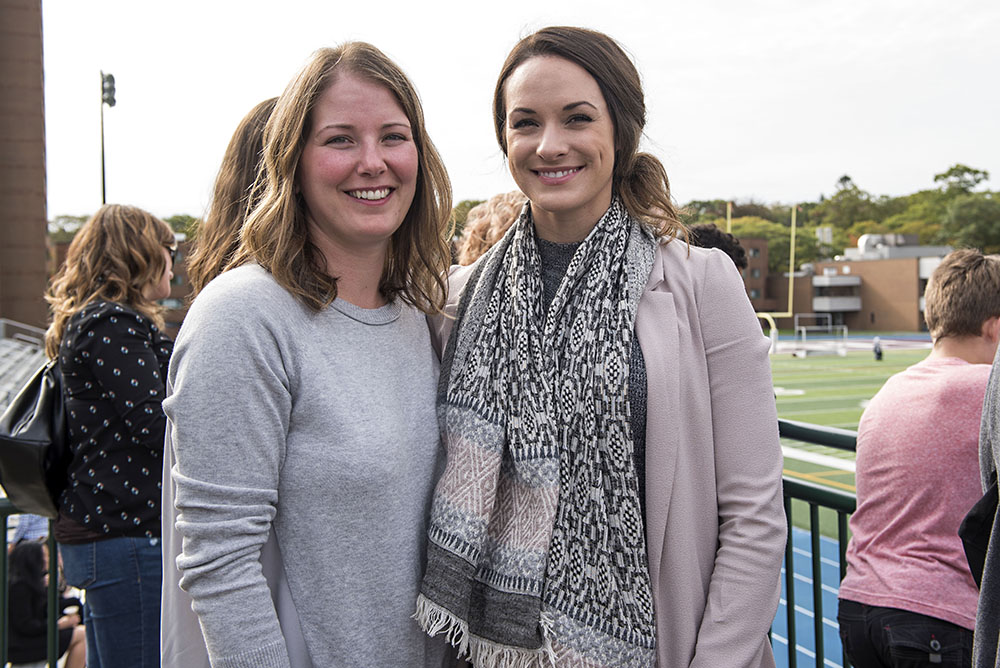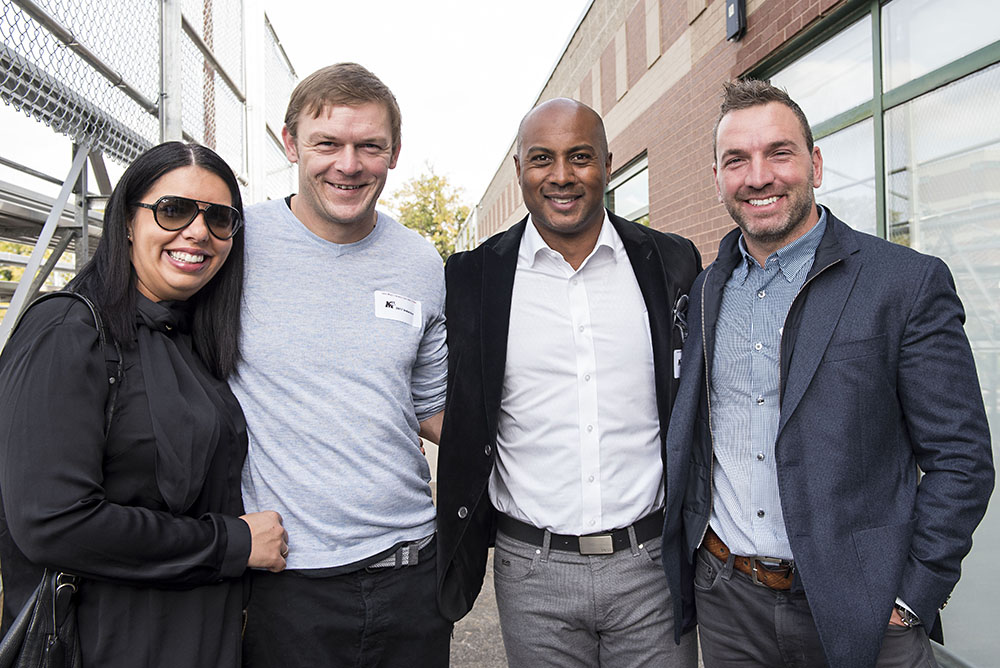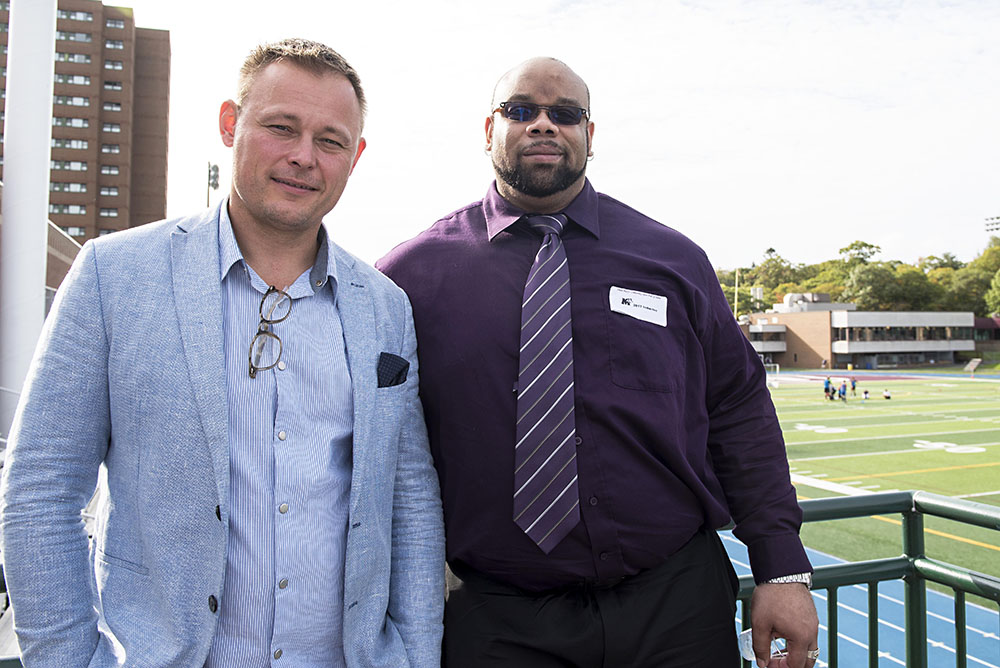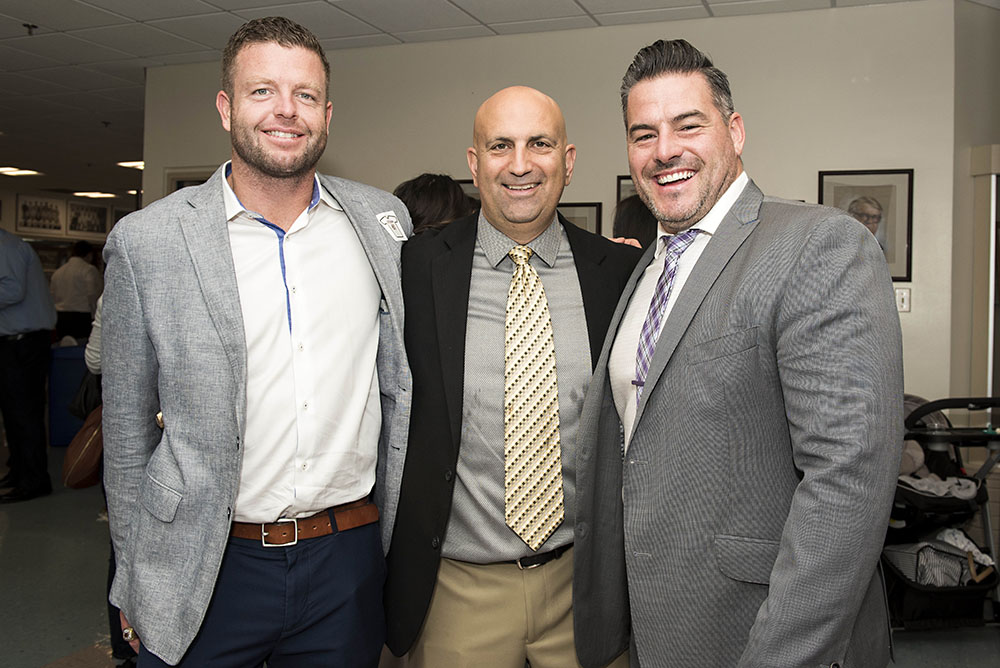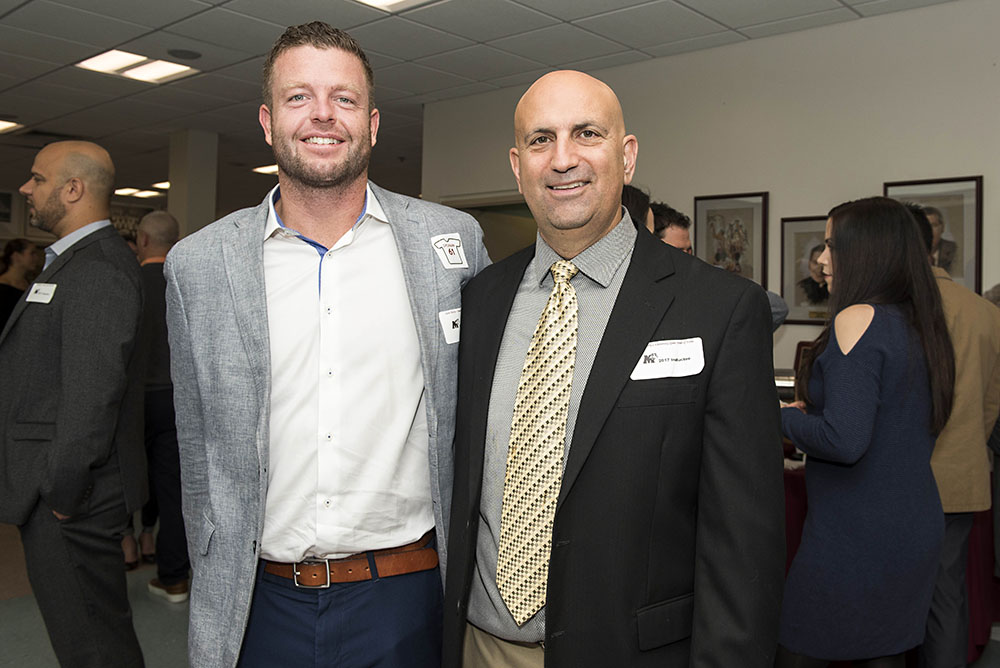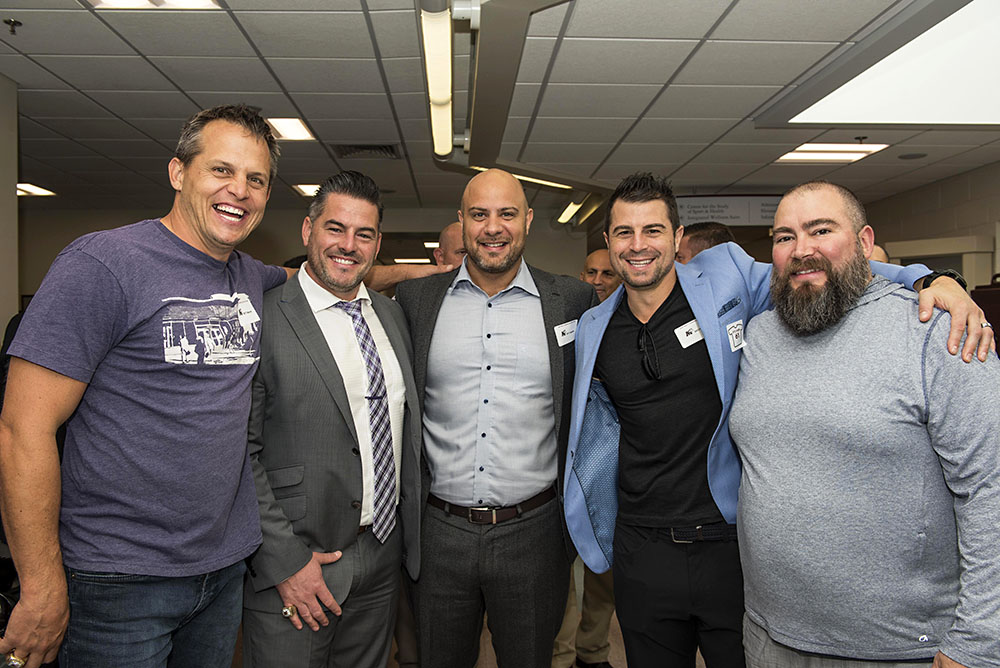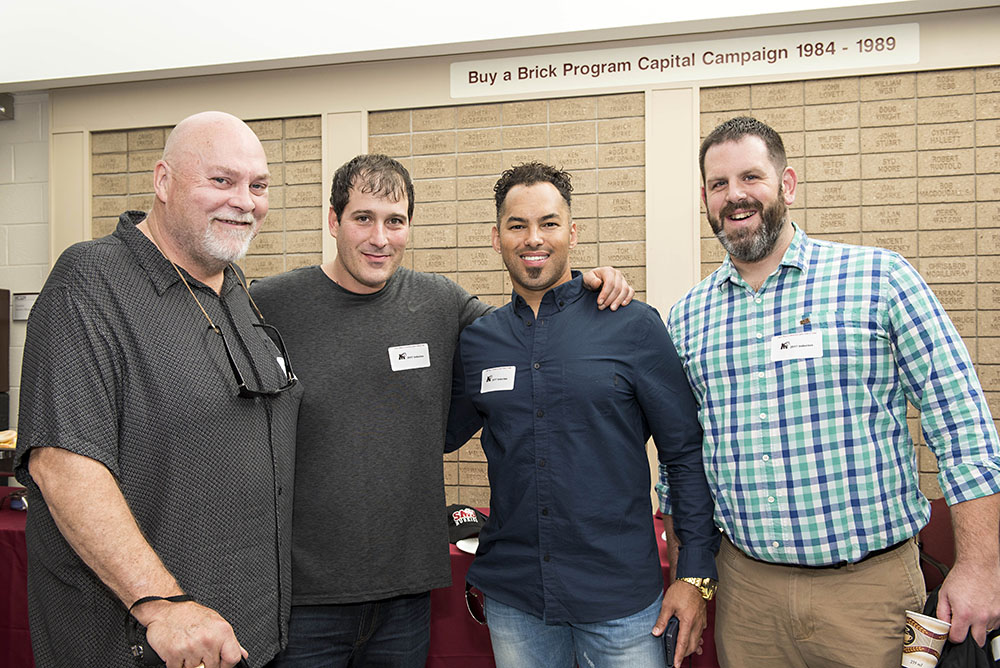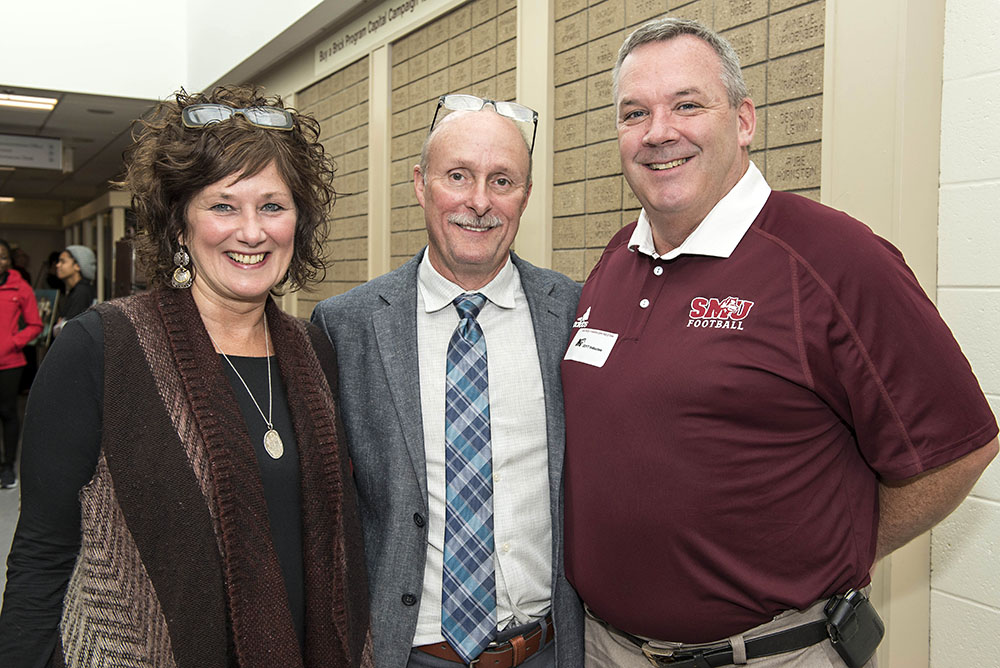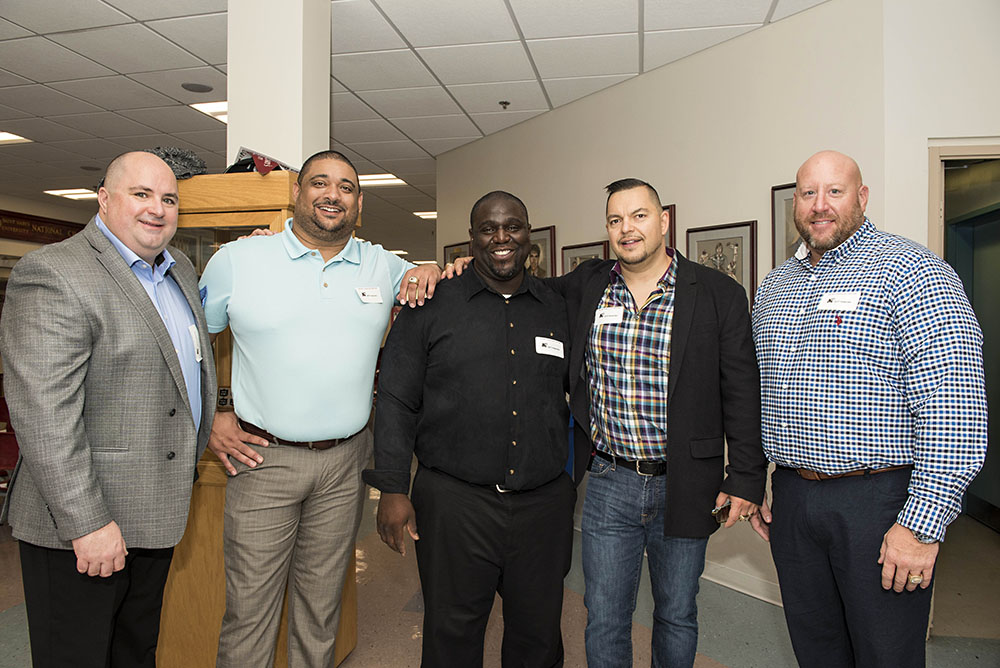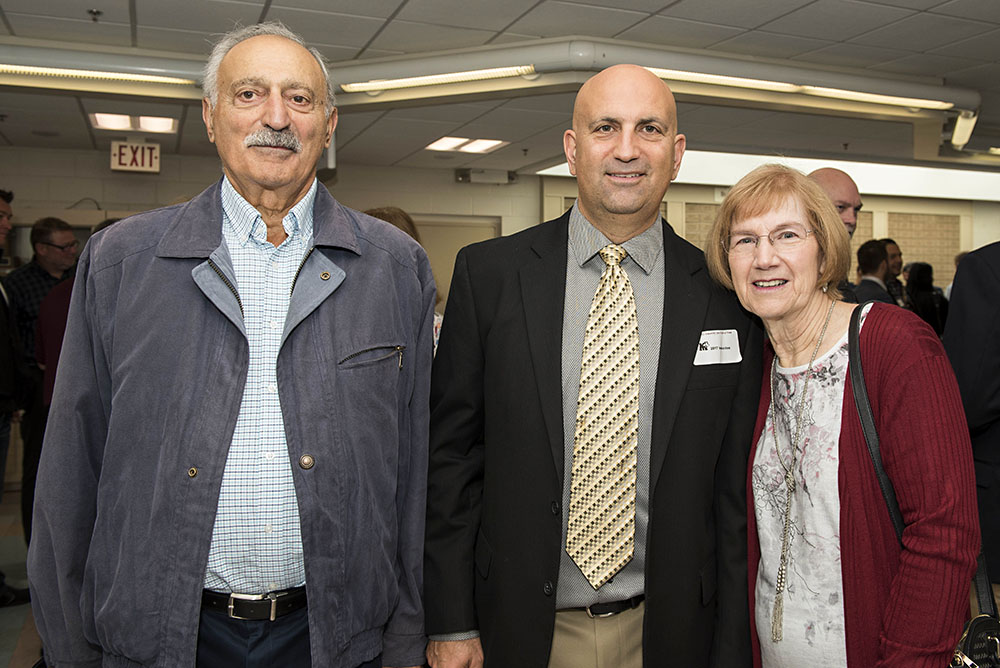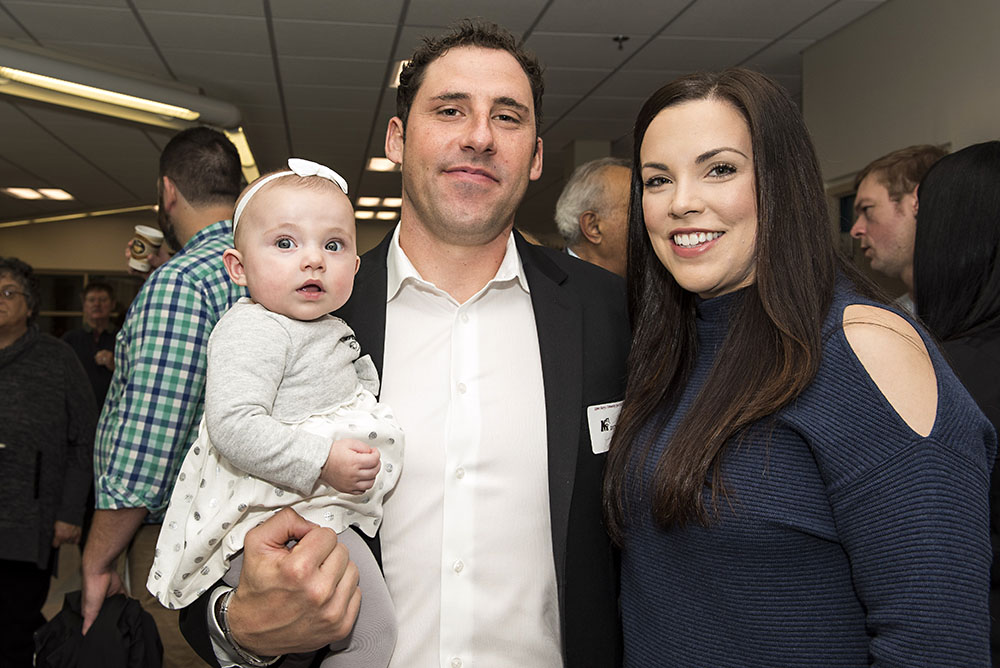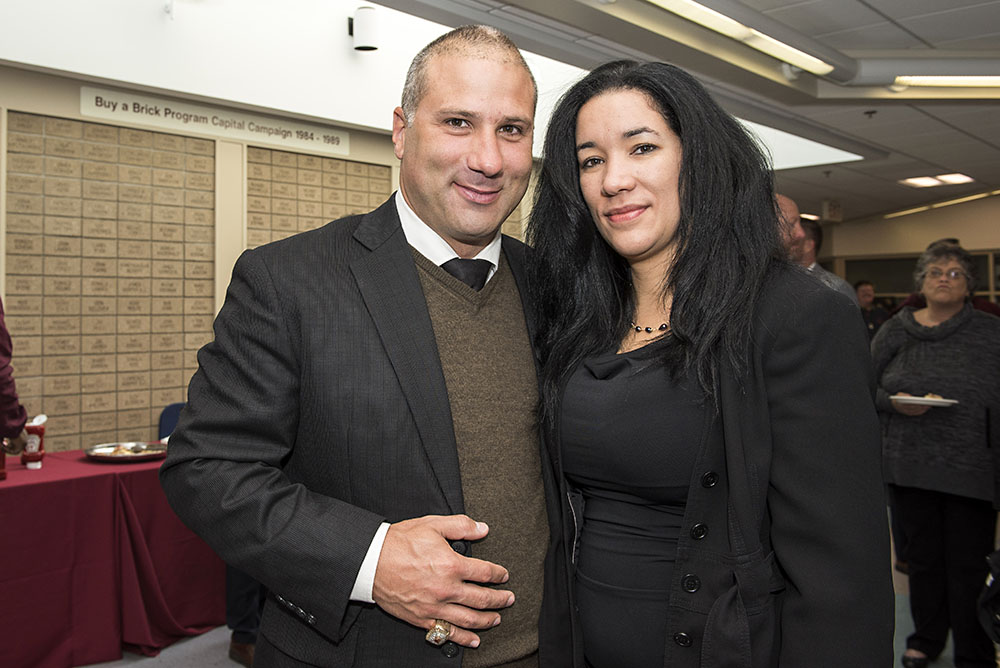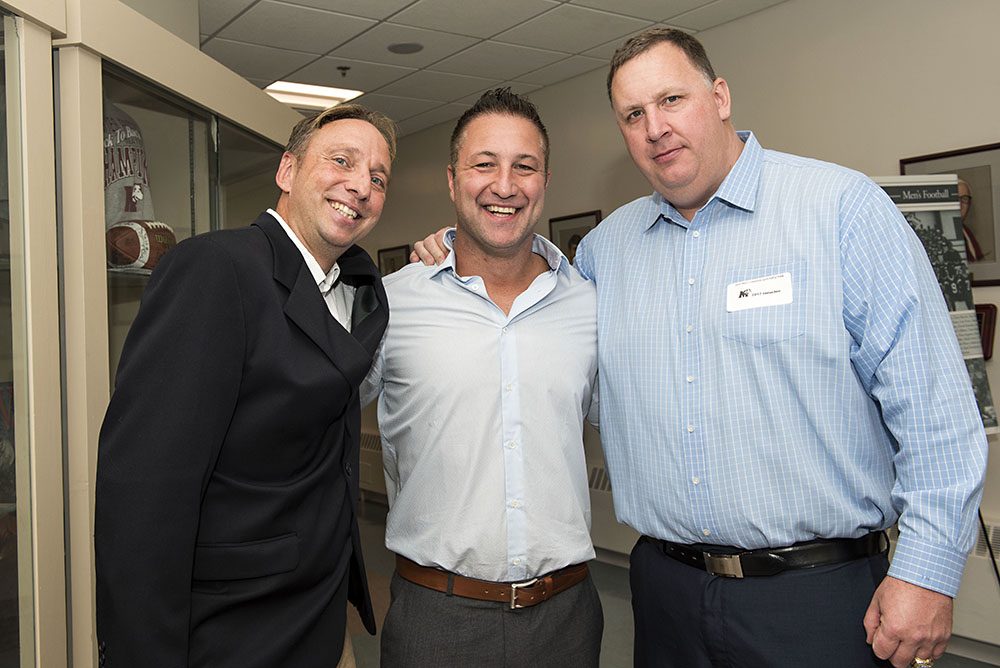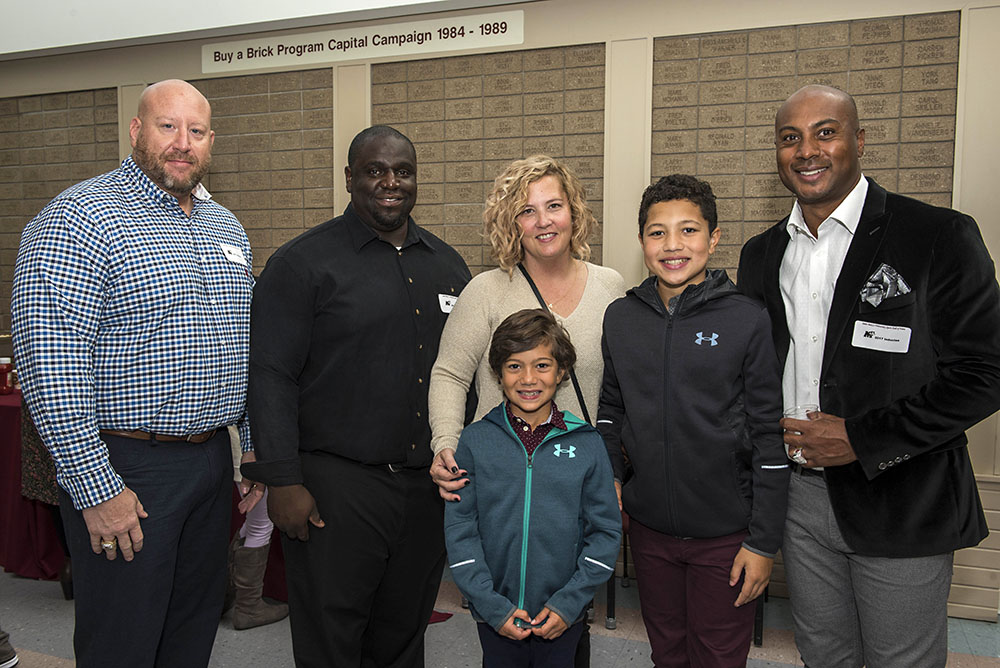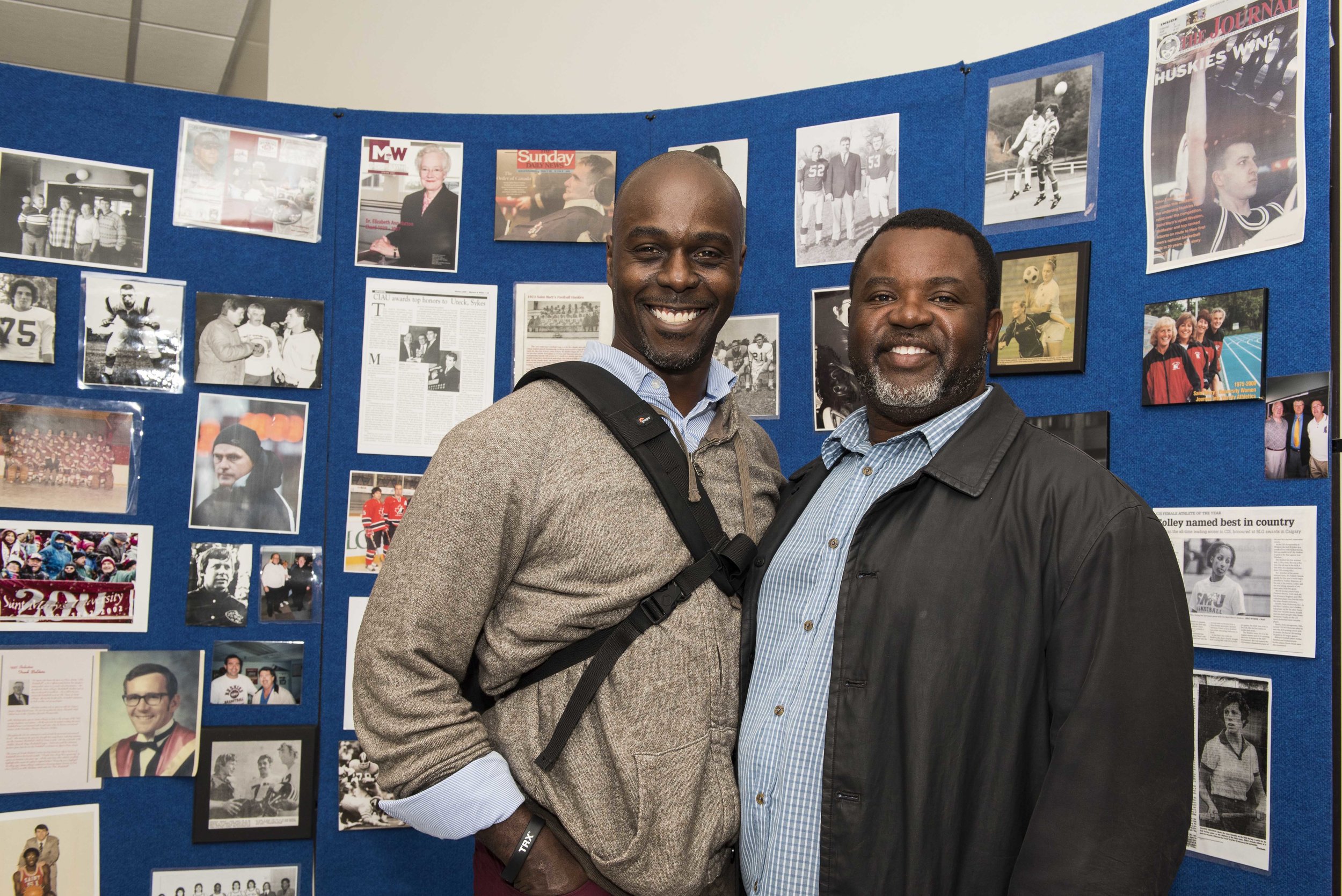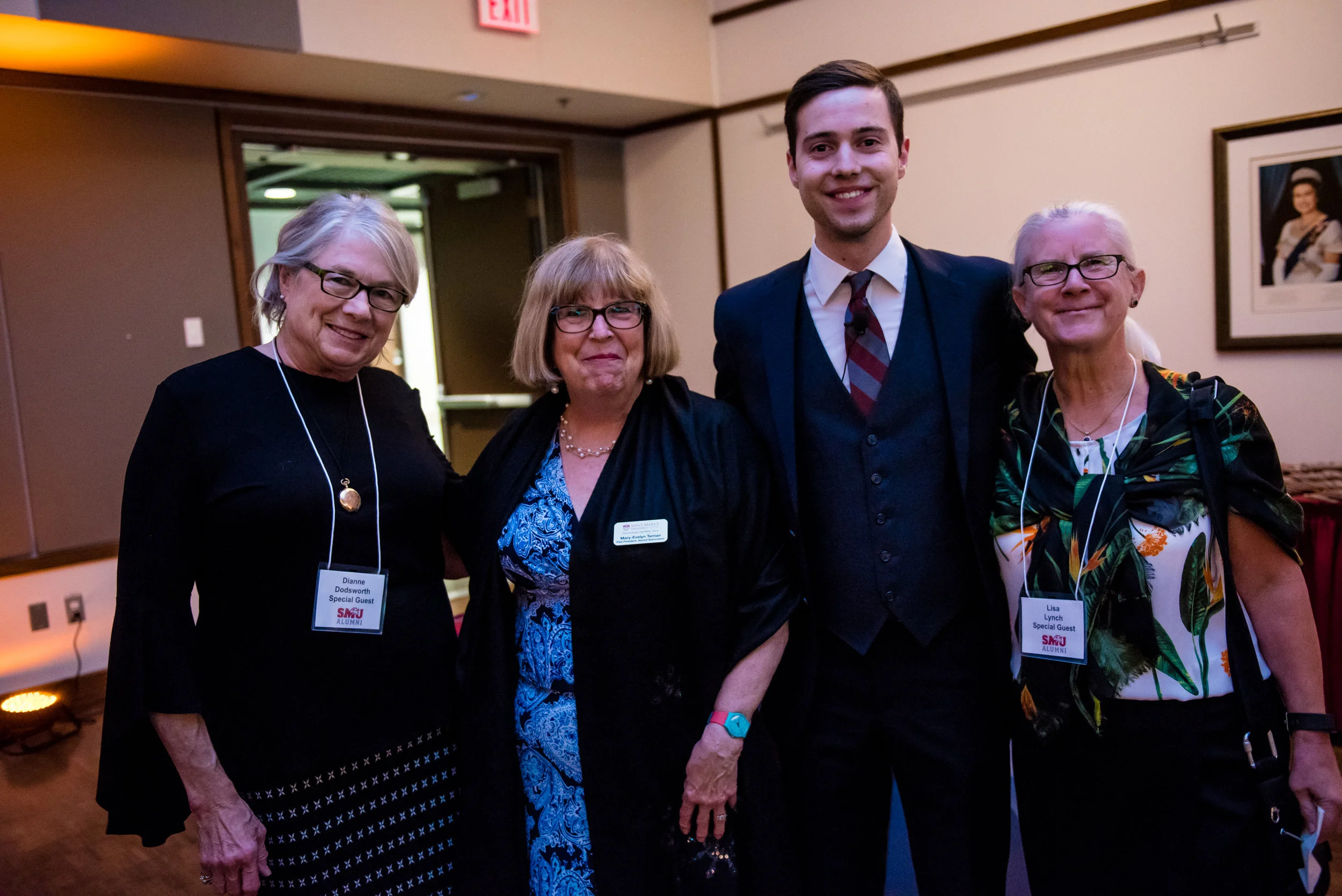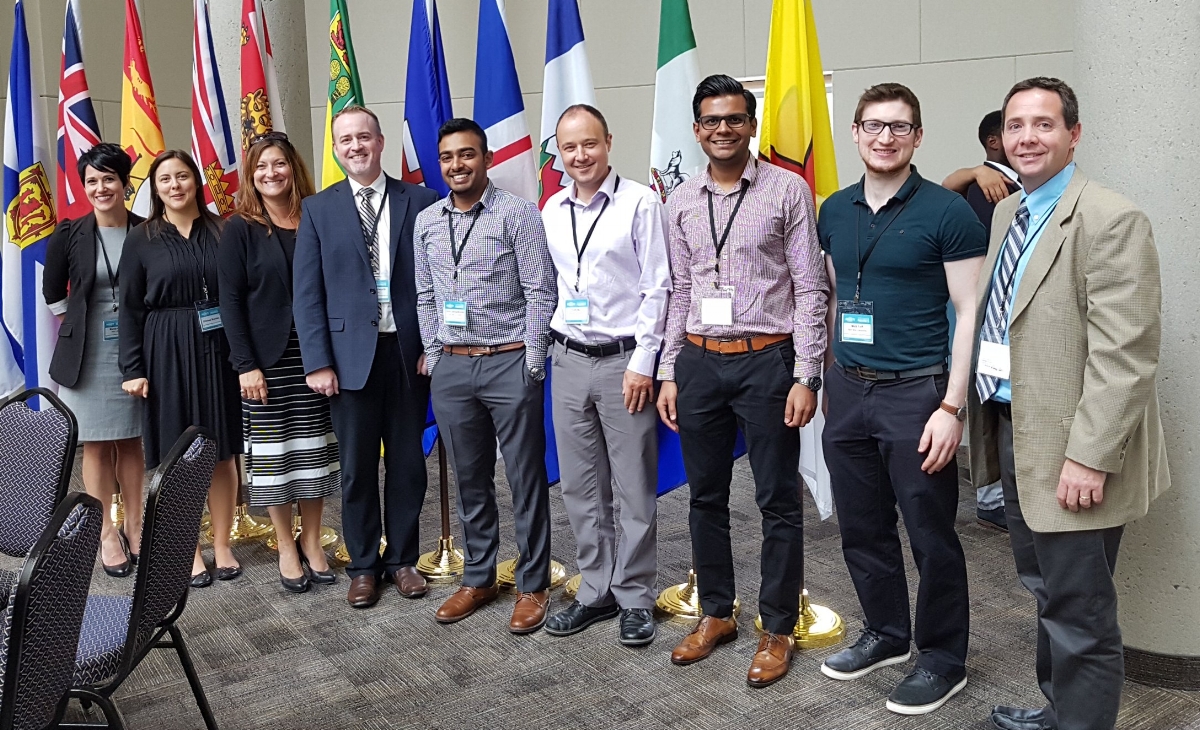Scott Gray
Saint Mary’s University is pleased to announce the appointment of Scott Gray to the position of director, athletics and recreation at Saint Mary’s University, effective November 6, 2017.
“I am very happy to announce the appointment of Scott Gray as our new director of athletics and recreation,” said Saint Mary’s University President Dr. Robert Summerby-Murray. “Scott is a seasoned athletics and recreation administrator who brings a holistic approach to athletics and recreation to our campus. He understands the important role that sport, recreation, health and wellness play in student life at Saint Mary’s, and he will be an excellent support for our students, student-athletes, coaches, faculty and staff.”
Gray joins the university from Sault College of Applied Arts and Technology, where he led the athletics department and managed the college’s recreation facility since 2006. In that role he was responsible for the college’s various athletic programs including varsity sport, club sport, campus recreation and community ventures.
“My primary focus is on student engagement and student involvement in athletics and recreation on campus,” said Gray. “I want to build on the proud traditions of the Huskies and also continue to promote our facilities as a place for recreation, wellness and community connection.”
Gray has served as a head coach and assistant coach in various sports at the recreational, collegiate and university level. He has assumed many leadership positions within both the Canadian Collegiate Athletic Association (CCAA) and the Ontario Collegiate Athletic Association (OCAA). Most recently, he served as president of the OCAA from 2014 to 2017.
Gray has also been an active athletics and recreation leader in his local community. He has served as the vice-president: director of operations, and a founding member, of the Sault Minor Football Association. He has also served in leadership roles in the community supporting curling, cross country and women’s volleyball.
Gray is a graduate of Queen’s University with a Bachelor of Arts and a Bachelor of Physical Education. As a student at Queen’s, he was also an Academic All Canadian (football) and Vanier Cup Champion.


